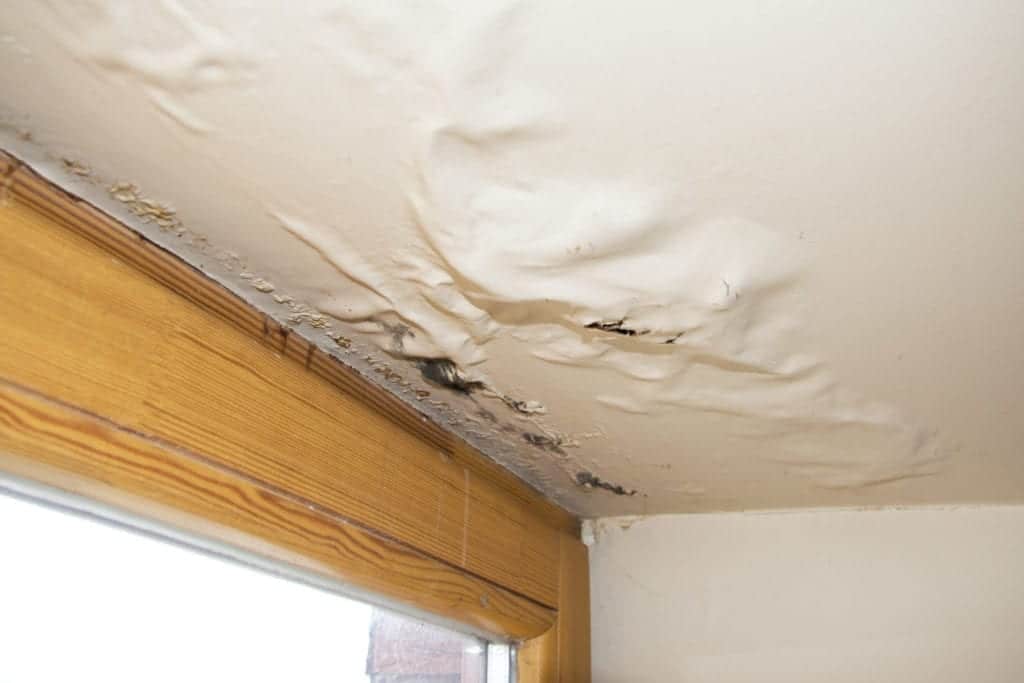Locating Hidden Water Line Leaks: 6 Clever Methods
Locating Hidden Water Line Leaks: 6 Clever Methods
Blog Article
Presented here in the next paragraph you'll find more high-quality insights regarding Locating water leaks.

Early detection of dripping water lines can reduce a potential catastrophe. Aside from conserving you cash, it will certainly lessen the worry as well as irritation. The minute you find a leakage, calling your plumber for fixings is the best solution. Some tiny water leaks might not be visible. Here are some hacks that assist if you can not identify it with your naked eyes.
1. Examine the Water Meter
Every home has a water meter. Examining it is a proven manner in which helps you discover leaks. For beginners, switch off all the water resources. Make certain no person will certainly purge, utilize the faucet, shower, run the washing machine or dishwashing machine. From there, go to the meter and watch if it will transform. Considering that no person is using it, there should be no activities. If it moves, that indicates a fast-moving leakage. If you identify no changes, wait a hr or two and also check back once again. This means you might have a slow-moving leak that might also be underground.
2. Check Water Consumption
If you find abrupt modifications, regardless of your consumption being the very same, it suggests that you have leakages in your plumbing system. An unexpected spike in your bill suggests a fast-moving leak.
On the other hand, a consistent increase monthly, even with the same practices, reveals you have a slow leak that's likewise gradually escalating. Call a plumber to completely examine your building, especially if you feel a warm location on your floor with piping below.
3. Do a Food Coloring Examination
When it comes to water consumption, 30% comes from bathrooms. If the color somehow infiltrates your dish during that time without flushing, there's a leakage between the storage tank and bowl.
4. Asses Outside Lines
Don't forget to check your outdoor water lines as well. Should water permeate out of the link, you have a loosened rubber gasket. One small leakage can throw away lots of water and also spike your water expense.
5. Evaluate the situation and evaluate
Property owners must make it a practice to inspect under the sink counters and also even inside cabinets for any type of bad odor or mold growth. These two warnings show a leakage so timely attention is called for. Doing routine evaluations, even bi-annually, can save you from a major problem.
Check for discolorations as well as damaging as most pipes as well as devices have a life expectancy. If you think leaking water lines in your plumbing system, don't wait for it to intensify.
Early detection of leaking water lines can reduce a prospective catastrophe. Some small water leaks may not be visible. Checking it is a surefire way that assists you find leakages. One small leakage can lose tons of water and also increase your water costs.
If you presume dripping water lines in your plumbing system, don't wait for it to rise.
How to Know If Your Home Has a Hidden Leak
Water Meter Reveals Inexplicable Water Usage
If you’d like to test whether or not there’s a leak somewhere in your home, you can do this using your water meter. Here is how to conduct the test:
Don’t use any water in your home for at least 30 minutes; this also means not turning on faucets or water-using appliances.
Go outside, and check your water meter for activity.
If your water meter shows that there was activity, even though no one was using any water, this proves that there is a leak in your home.Visible Mold or Mildew Growth
Leaks behind walls create moist, dark environments that allow mold and mildew to grow and thrive. Eventually, you might see mold growth forming on the wall closest to a hidden leak.
If mold is growing in an area that receives a high amount of moisture, such as a bathroom, it may simply be an indication that better ventilation is needed. However, if you see mold growth on a wall or the ceiling in an area where you would not expect, you probably have a hidden leak.
Musty, Mildew Odor
Sometimes you might not be able to see the mold or mildew that is growing as a result of a leak. However, the smell can give the problem away just as easily. If you catch a whiff of something musty, there’s a good chance that old water is collecting somewhere in your home that you can’t see.
Stained/Warped Walls, Ceilings, or Floors
When your home soaks up water, a variety of red flags can become visible, including ceiling stains, bubbling drywall, warped walls, and sagging floors. While these issues can be caused by excess humidity, they can also be signs that a pipe or plumbing connection has started leaking behind your walls.
Inexplicably High Water Bill
After a while, you get a general sense for what your water bill should be. If you own a pool or sprinkler system, your bill will tend to be higher during summer. However, if you receive a water bill that seems especially high, and you can’t figure out what caused it, then you may have a hidden leak somewhere that’s increasing your bill.
https://www.plumbingjoint.com/blog/2019/july/how-to-know-if-your-home-has-a-hidden-leak/

I am very involved in Locating water leaks and I am hoping you enjoyed my blog post. I beg you take the time to distribute this content if you appreciated it. Thanks a bunch for your time. Don't hesitate to come by our website back soon.
Quick service, just dial! Report this page